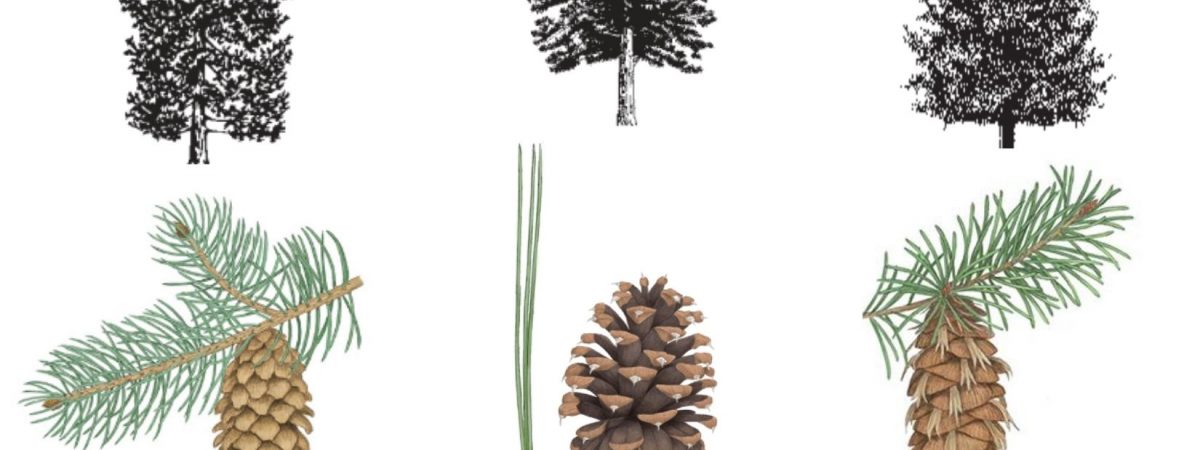Spruce, Pine, Fir, and Douglas Fir Trees: A Guide to Distinguishing Evergreens
Hardwoods vs Softwoods as Firewood
In the realm of evergreen trees, the distinction between spruces, pines, firs, and Douglas firs may seem elusive, as they share the timeless allure of coniferous beauty. However, subtle differences in needle arrangements, textures, and cone characteristics provide valuable clues to unveil the identity of these majestic trees on your property.
Identifying Pines Trees:
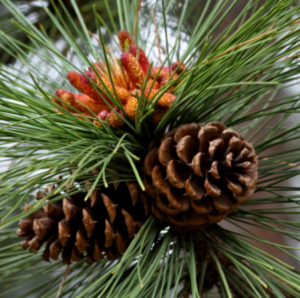
Pine trees are characterized by needle clusters ranging from 2 to 5, depending on the species. Notably, pines never exhibit singular needles. Distinguishing them further, pines boast canopies with less dense needle coverage compared to firs and spruces. Examining their cones reveals a sturdier and more woody texture compared to their coniferous counterparts.
Identifying Spruce Trees:
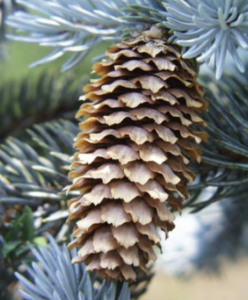
Spruces stand out with needles that emerge individually from the branch, presenting a singular, squared appearance. Run your fingers along spruce needles, and you’ll notice their sharp points. Additionally, the needles of spruces can be easily rolled between your fingers, enhancing their distinct texture. When observing their cones, spruces exhibit a softer feel and thinner scales, giving them a more flexible and bendable nature.
Identifying Douglas-Fir and True Firs:
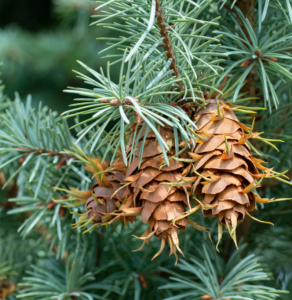
Both Douglas-fir and true fir trees share the characteristic of having singular needles extending from the branch. However, distinguishing between them involves the texture of the needles. Fir needles are flat and lack the rigidity found in spruce needles. Unlike spruces, fir needles are not easily rolled between your fingers, offering a softer touch. When handling their cones, firs display a similar flexibility, featuring softer scales that set them apart from the sturdier cones of pines. Fir cones also have a bract that sticks down between the scales which makes them distinctive.
Understanding these nuanced differences in coniferous trees becomes not only an aesthetic pursuit but also a practical skill. Identifying these evergreens proves valuable when planning landscape designs or seeking arborist advice on potential pests and diseases that may impact them. With this knowledge, you can embark on a journey of appreciating and caring for the diverse tapestry of evergreen wonders that grace your surroundings.
What is the difference between Hardwood and Softwood Trees?
Hardwood and softwood, while terms often associated with the density of wood, actually refer to two distinct types of trees. Hardwoods come from deciduous trees that shed their leaves annually, such as oak, maple, and cherry. Softwoods, on the other hand, are derived from coniferous, evergreen trees like pine, spruce, and cedar. The distinction between the two lies in the structure of the trees and the types of seeds they produce rather than the hardness of the wood.
Hardwoods are known for their dense and durable composition, making them well-suited for a variety of applications. Commonly used in furniture construction, hardwoods contribute to pieces with a timeless and sturdy quality. Oak, for instance, is prized for its strength and beautiful grain patterns. Maple is favored for its light color and fine texture, often used in cabinets and flooring. In contrast, softwoods, with their more porous and lightweight characteristics, find extensive use in construction, particularly for framing, decking, and various outdoor applications. Softwood lumber is often employed in building structures due to its affordability and versatility.
While both hardwoods and softwoods serve diverse purposes, understanding their unique properties allows for informed decision-making in selecting the right type of wood for a specific project. Whether crafting fine furniture with hardwoods or constructing outdoor structures with softwoods, each type brings its own set of advantages and aesthetic qualities to the world of woodworking and construction.
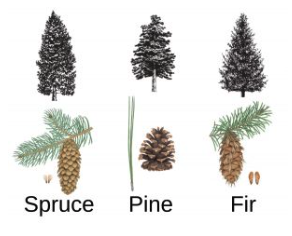
Hardwoods vs Softwoods as Firewood
When it comes to firewood, the distinction between hardwoods and softwoods is crucial. Softwoods ignite more quickly, making them excellent for use as fire starters. On the other hand, hardwoods burn at a slower and more sustained pace, making them the ideal choice for adding to the fireplace before retiring for the night. The difference in burn rates between these two types of wood allows for strategic use based on specific needs, whether it’s for quickly establishing a warm fire or ensuring a longer-lasting source of heat.
*Important note: If stacking large amounts of firewood outside it should not be moved to different locations, only kiln dried firewood will prevent the spread of EAB Emerald ash borer to near by ash trees.
Understanding how to identify different tree species is crucial when planning to plant a new tree in your landscape or consulting an arborist about pests and diseases that may impact them. If you’re considering planting trees near your home, Splintered Forest Arborists can assist in selecting the best trees for your property. With a Plant Health Care assessment, we can help you make informed decisions about tree planting. Contact Splintered Forest Plant Health Care today to schedule a free estimate for your tree planting needs.
Sources:
*https://www.extension.iastate.edu/news/2005/nov/061401.htm

